Have you ever thought how many squirrels live in a nest? Squirrels are cute and furry creatures that we often see running around trees and parks.
They build homes called nests to stay safe and comfy, especially during cold or rainy days.
We’ll learn about the squirrels and their nests. Squirrel nests, sometimes called dreys.
These are fascinating little homes high up in trees. But do these nests house just one squirrel, or is it a busy squirrel family?
We’ll find squirrel habits and learn how these smart critters make their nests cheerful and warm. By the end, you’ll have a better understanding of these squirrels.
So, let’s start learning about squirrel nests.
The Number of Squirrels in a Nest
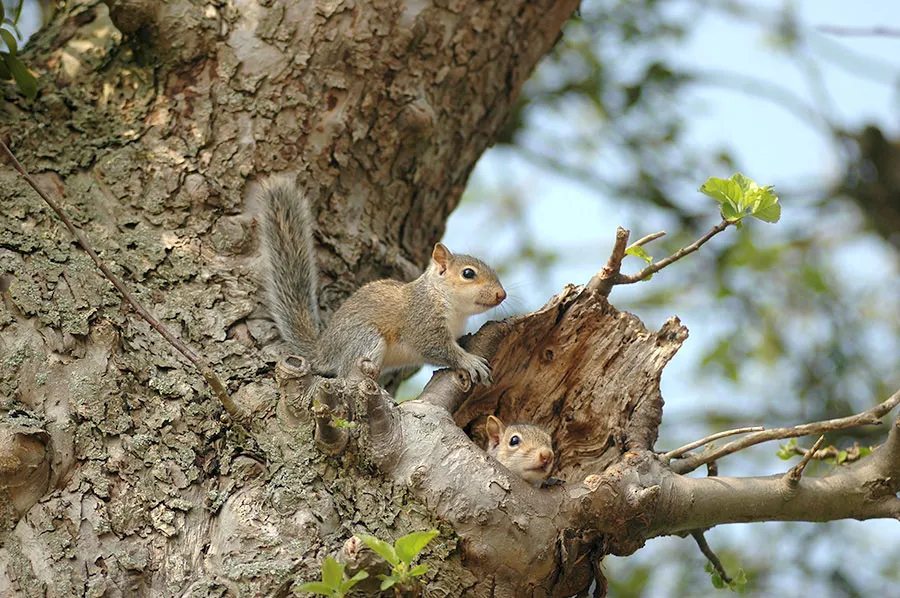
The number of squirrels in a nest can change for different reasons. First, it depends on the kind of squirrel. Some squirrels live alone, while others share their nests. Second, the type of nest matters.
Some nests are small, so only one squirrel fits, while others are bigger and fit more. Lastly, the time of year also matters.
In spring and summer, squirrel families might have baby squirrels, so there could be more in the nest. But in winter, they might huddle together to stay warm.
So, whether it’s one squirrel or many, it all depends on the type of squirrel, nest, and the season.
1. Squirrel Species
Squirrels build homes differently. Gray squirrels live in trees and make nests called dreys. When they have babies, they sometimes share the nest with their partner. Usually, it’s just one squirrel or a mom with her babies in there. On the other hand, ground squirrels go solo.
They don’t live with anyone else, only with their babies. They dig holes in the ground for their homes. So, tree squirrels sometimes have roommates, but ground squirrels prefer to live alone in their comfy caves.
2. Nest Type
Squirrel homes come in different sizes. Tree nests, also called dreys, are small and warm, just right for one squirrel or a small family. Ground squirrel burrows are much bigger.
They’re like large family houses underground, with enough space for a mom squirrel and her kids.
Cavity nests are somewhere in between. They can be different sizes, but usually, it’s just one squirrel or a small group living there.
So, whether it’s a tiny drey, a big burrow, or a safe cavity, squirrels have different homes that fit their needs.
3. Breeding Season
During baby season, squirrels often bunk together in nests. Female squirrels move in with their male partners, and the nest can get crowded when they have little ones.
But once the baby season is over, squirrels usually live alone or with their families. They enjoy having their own space. So, after a hectic time looking after the babies.
It’s back to a peaceful and quiet home for these furry critters. Squirrels are a bit like that, too. They’re sociable during baby season but value their peace and solitude when it’s over.
It’s their way of staying happy and comfortable in their treehouse homes.
Types of Squirrel Nests
Squirrels are smart animals. They can live in lots of different places all over the world.
They build different kinds of homes to fit where they live. There are three main kinds of squirrel homes.
While discussing their homes, it’s intriguing to note that squirrels, much like their nests, vary widely in their roles in different cultures, including their place in the diet of some communities.
1. Tree Nests (Dreys)
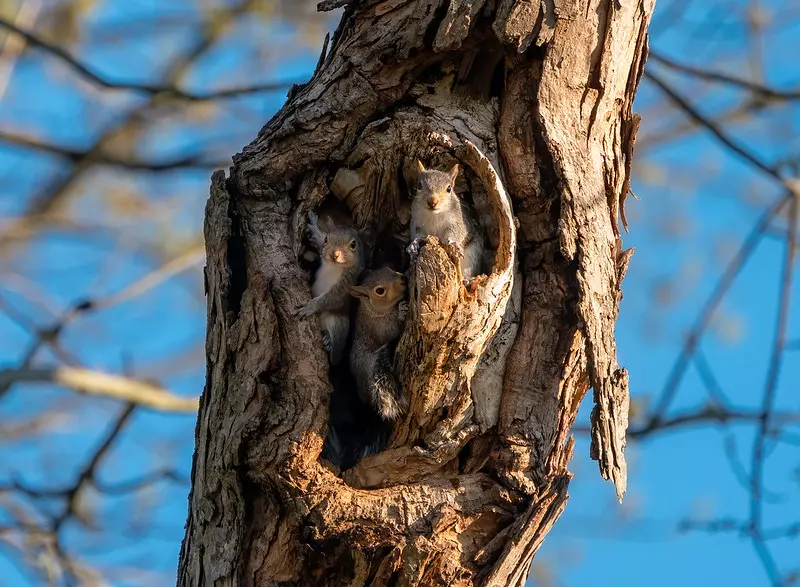
Squirrels, especially those living in trees like gray and red squirrels, have a common type of nest called a drey.
Dreys are big, messy bundles made from sticks, leaves, and moss. Squirrels construct these nests in tree branches using materials they find around. Think of dreys as secure squirrel houses up in the treetops.
They’re not fancy. They’re practical and warm, providing a safe spot for squirrels to relax. Usually, it’s just one squirrel or a small squirrel family living in these tree homes.
Dreys are similar to bird nests but larger and stronger to keep squirrels relaxed and secure. If you spot a messy ball of sticks and leaves high in a tree, it’s probably a squirrel’s home.
2. Ground Nests (Burrows)

Ground squirrels, such as prairie dogs and chipmunks, are great at digging holes in the ground. They make these underground homes with different rooms. Usually, only one squirrel or a mom with her babies lives there.
These holes keep them safe from other animals that want to eat them. It’s like a hidden home underground, where they can eat, sleep, and raise their babies without worrying about being caught by other animals.
These smart animals know how to dig and build their safe underground homes.
Conclusion
We’ve learned that squirrels don’t live in nests like birds do. Instead, they build nests called dreys high up in trees. These dreys are comfy homes made of leaves, twigs, and other natural materials.
Squirrels use them to stay safe from predators and keep warm during cold weather. The number of squirrels in a drey can be large, but usually, it’s just one squirrel or a small family.
Squirrels prefer to have their own space. They might even have multiple dreys in different trees. So, there isn’t a fixed number of squirrels living in a nest because it can change depending on the season.
But it’s fascinating to know that these little creatures have their way of making homes on the treetops.


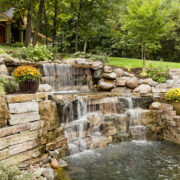
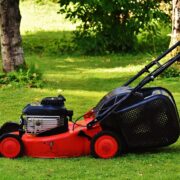


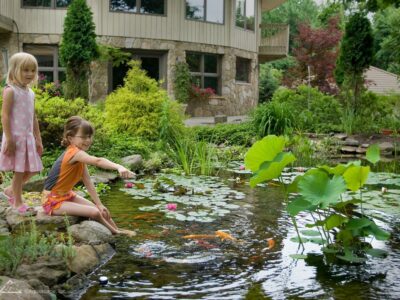
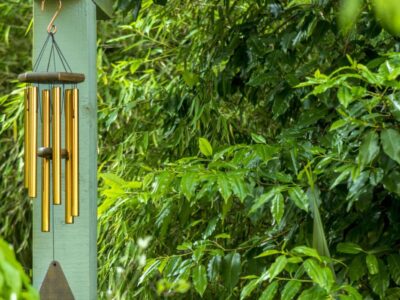
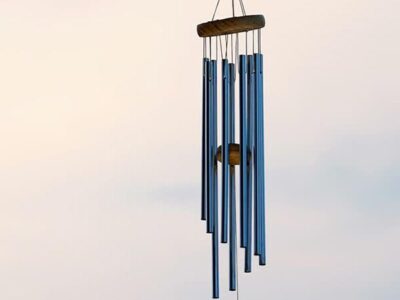
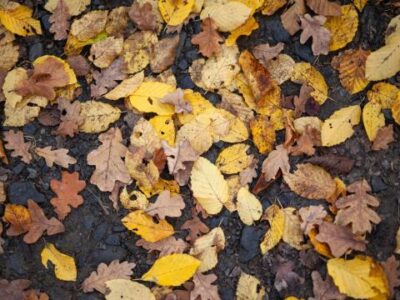
Comments